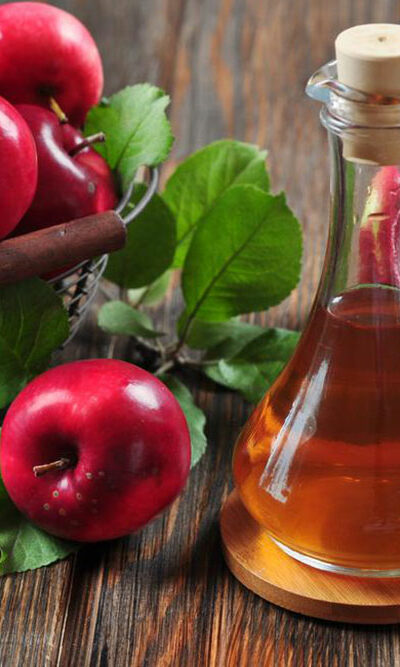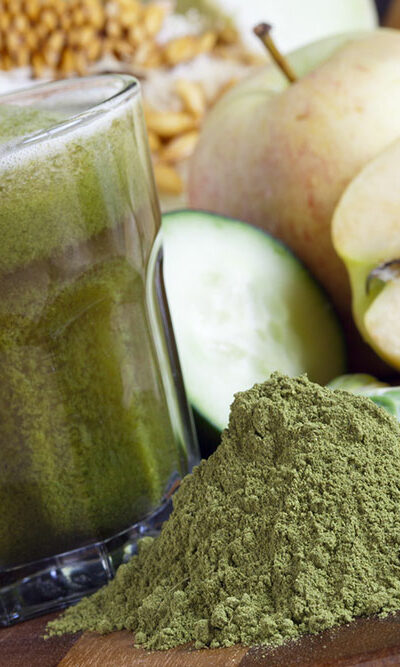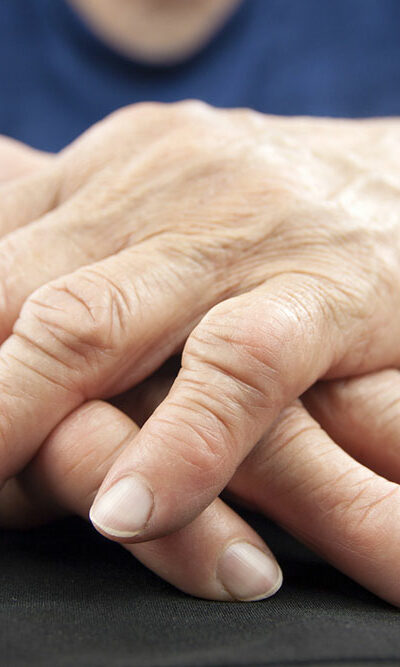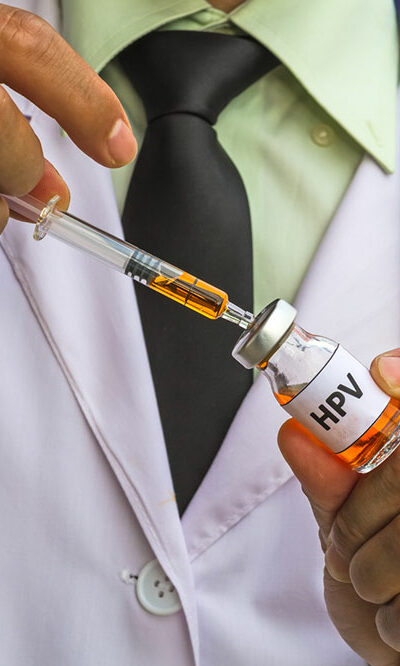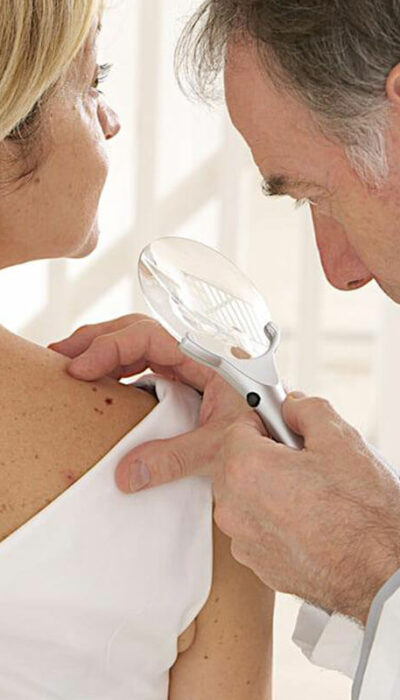
Home Remedies and Natural Supplements to Treat Arthritis
Arthritis is a condition of the bones characterized by inflammation which causes pain and stiffness. Many methods can be used to prevent the onset of arthritis, but the condition cannot be fully cured. Age is an important factor in the development of arthritis. Smoking, drinking, stress, and your family’s medical history are other risk factors. Here are some home remedies to prevent arthritis: Avocado and soybean mixture The mixture contains one-third avocado oil and two-thirds soybean oil. It helps slow down the progression of arthritis by blocking pro-inflammatory chemicals, regenerating connective tissues, and preventing the destruction of the synovial cells. It is recommended that you take a dose of 300mg every day. Black currant oil The oil is obtained from blackcurrant seeds and contains 20% GMA (Gamma-Linolenic Acid). It can be consumed either through a capsule or in a liquid form to help arthritis. You can consume 360-3600mg every day. Boswellia Boswellia, otherwise known as Indian Frankincense, is a gum resin obtained from the bark of the Boswellia tree. It reduces inflammation and is most effective for rheumatoid arthritis and osteoarthritis. Boswellia extracts possess strong anti-inflammatory and analgesic components. They strengthen cartilage and inhibit the process of autoimmunity. It is recommended that you take 300-400 mg thrice a day. Capsaicin It is a component found in chili peppers, which is why it is spicy. When applied as a gel or cream, capsaicin impairs the functions of nerve receptors in the surrounding region due to the stinging it causes. This, in turn, reduces pain. The recommended dosage is 0.025-0.075 percent concentrations in any cream. You can apply this cream thrice a day. Cat’s claw Cat’s claw is the bark of a woody vine. It reduces inflammation and improves the immune system’s response by inhibiting the production of Tumor Necrosis Factor (TNF).

